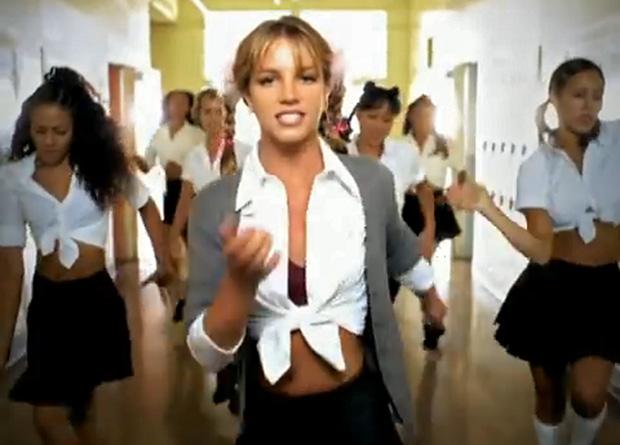The rising tide of digital music has threatened to sink much of the record business. But an unexpected sandbar of profit has emerged: the tween market. Turns out, kids around the age of 12 still buy music, and the tween market has become big enough and powerful enough to make stars out of their favorite singers.
How big? There are almost 20 million kids between the ages of 10 and 14, according to the US Census of 2010. How powerful? Tweens account for about $200 billion (don’t look twice at that “b” – it’s not a typo) in spending each year, according to a widely-cited report from the retail group known as POPAI, Point of Purchase Advertising International.
That figure includes everything tweens spend money on – video games, clothing, etc. But approximately 10 percent, or $20 billion, is music-related, and that is the kind of coin that the music industry does not see very much these days.
Today’s 12-year-olds are not doing anything appreciably different from what you might have done if you were a 12-year-old in, say, 1998. It was in the late '90s that the music industry began to notice that pop music, long the domain of teenagers, was actually attracting a younger audience. Artists like N Sync and Britney Spears owed a lot of their success to tweens, who, aspiring to be like the cool teenagers ahead of them in school, bought their records. But parents found the sexuality of a Britney Spears a step too far for their 12-year-old daughters (and it was mostly daughters – read on to learn why). So exploiting the tween market would have to wait until a safer place in the pop music world could evolve for 12-year-olds.
Enter Disney. The Walt Disney Company was already a brand that parents knew and trusted; in the first years of this century, Disney saw an opportunity, and climbed onto that sandbar. They minted genuine pop stars like Miley Cyrus, star of their TV series Hannah Montana; and Demi Lovato, star of the series Sonny With A Chance. And as the old-school business model of the record industry failed around them, Disney drew on its decades-long experience in cross-marketing to sell music-themed merchandise, DVD, and concert events that featured their own stars as well as the singers, like Taylor Swift, featured on Radio Disney.
It didn’t take long for the music business to notice. In 2006, three of the year’s top-10-selling albums were aimed at tweens: Disney’s High School Musical soundtrack, the Curious George soundtrack, and Volume 9 of the curious cross-generational negotiation known as Kidz Bop. Kidz Bop was a direct reaction to parental dismay at the questionable content of much pop music; big hits of the day were re-recorded in freshly scrubbed versions. Kids knew it wasn’t the real thing, but it was better than nothing.
Now, the tween market is too big to ignore. Marketing to tweens is by itself a $17 billion a year industry. And in that industry, music is not just one of the products – it is also a major delivery system. Taylor Swift doesn’t just sell songs; she sells perfume and handbags. And she sells them to a tween audience that is overwhelmingly female. Experts have long known that girls mature faster than boys. By age 12, most are already aspiring to be like the teenagers ahead of them in school and this makes them both active consumers and voracious users of social media.
Social media is where much of the tween economy takes place. Music is largely purchased via download; CDs are usually received as gifts and quickly loaded onto smartphones and played for friends.
A band like Echosmith is emblematic of the power of the modern tween. A group of four siblings who began playing together in their tweens and are now in their late teens, Echosmith wrote a song called “Cool Kids.” Its refrain, “I wish that I could be like the cool kids, ‘cause all the cool kids, they seem to fit in,” will resonate with every person suffering through those awkward years. It never cracked the Top 10, but it sold over a million copies (mostly through downloads), becoming one of the tween hits of last year.
Now that the music industry has identified the 600-pound gorilla in the room – the 12-year-old girl checking her Instagram page – its new mission is to figure out how to keep her. Tweens are good consumers in an industry that is starving for them. And the continued success of Taylor Swift and Demi Lovato (and yes, Miley Cyrus) is built on their ability to use social media to keep their original tween-age fans as they get older, while still reaching out to the current crop of 12-year-olds. Because after all, 12-year-olds are a renewable resource.

